Advancements in Psychiatry Technology: Noninvasive Brain Stimulation Devices
There have been significant advancements in the treatment of mental health disorders in recent years. Thanks to technological developments, there are now innovative ways to aid patient recovery without relying on invasive procedures. One such advancement is the use of noninvasive brain stimulation devices. These devices aim to provide therapy to mental health patients by stimulating different parts of the brain through electric impulses, helping to alleviate symptoms.

Discover The World's MOST COMPREHENSIVE Mental Health Assessment Platform
Efficiently assess your patients for 80+ possible conditions with a single dynamic, intuitive mental health assessment. As low as $12 per patient per year.
The Science Behind Noninvasive Brain Stimulation Devices
Noninvasive brain stimulation devices rely on the principle of using small electrical currents to stimulate specific nerves within the brain. By doing so, different parts of the brain can be triggered, thus helping to treat a variety of mental health disorders. This is because noninvasive brain stimulation devices target the communication between brain cells through electric impulses.
There are two main types of noninvasive brain stimulation devices, transcranial magnetic stimulation (TMS) and transcranial direct current stimulation (tDCS). TMS uses high-frequency magnetic pulses to stimulate specific areas of the brain, while tDCS uses low-level electrical currents to stimulate the brain.
Applications of Noninvasive Brain Stimulation Devices
Noninvasive brain stimulation devices have shown promising results in treating numerous mental health disorders, including depression, anxiety, and post-traumatic stress disorder (PTSD). TMS has been specifically effective in treating depression. In fact, the U.S. Food and Drug Administration (FDA) approved TMS for the treatment of depression in 2008.
Similarly, tDCS has also shown effectiveness in treating depression by stimulating the left dorsolateral prefrontal cortex, an area of the brain connected with mood regulation. Studies have also found tDCS to be a viable treatment for anxiety disorders, helping to reduce anxiety symptoms subtly.
Benefits of Noninvasive Brain Stimulation Devices
One of the key benefits of using noninvasive brain stimulation devices is that they are non-invasive, making them a safer alternative to surgical treatments. Additionally, noninvasive brain stimulation devices are painless, with most patients only experiencing minimal discomfort, if any, during treatment.
Another significant benefit is that noninvasive brain stimulation devices do not require medication, making them a more natural alternative to traditional pharmaceutical treatments. Medications for mental health disorders can often result in side effects or be ineffective for some patients. Noninvasive brain stimulation devices can provide alternative treatment options for patients seeking an adjunct approach to traditional treatments and medication.
Future Prospects for Noninvasive Brain Stimulation Devices
As technology in the field of psychiatry continues to develop, so too will noninvasive brain stimulation devices. Improvements in the accuracy and efficacy of these devices are already underway, and there is optimism that future devices will be even more targeted and personalized, allowing for tailored treatments for individual patients.
Despite the effectiveness of noninvasive brain stimulation devices, there is still much to discover regarding their full potential in treating mental health disorders. However, their current successes have proven them to be a valuable option in the field of mental health treatment.
Conclusion
Noninvasive brain stimulation devices present an exciting advancement in the field of psychiatry technology. They offer safe and non-invasive treatment options for a variety of mental health disorders, with few side effects. Their significant impact on treating depression and anxiety has already established their credibility as an alternative to traditional treatment options. As technology continues to progress, there is potential for noninvasive brain stimulation devices to become even more targeted and personalized to individual patient needs.
What do you think about noninvasive brain stimulation devices? Share your thoughts and reactions in the comments, and don’t forget to follow and share this post on your social media platforms!

